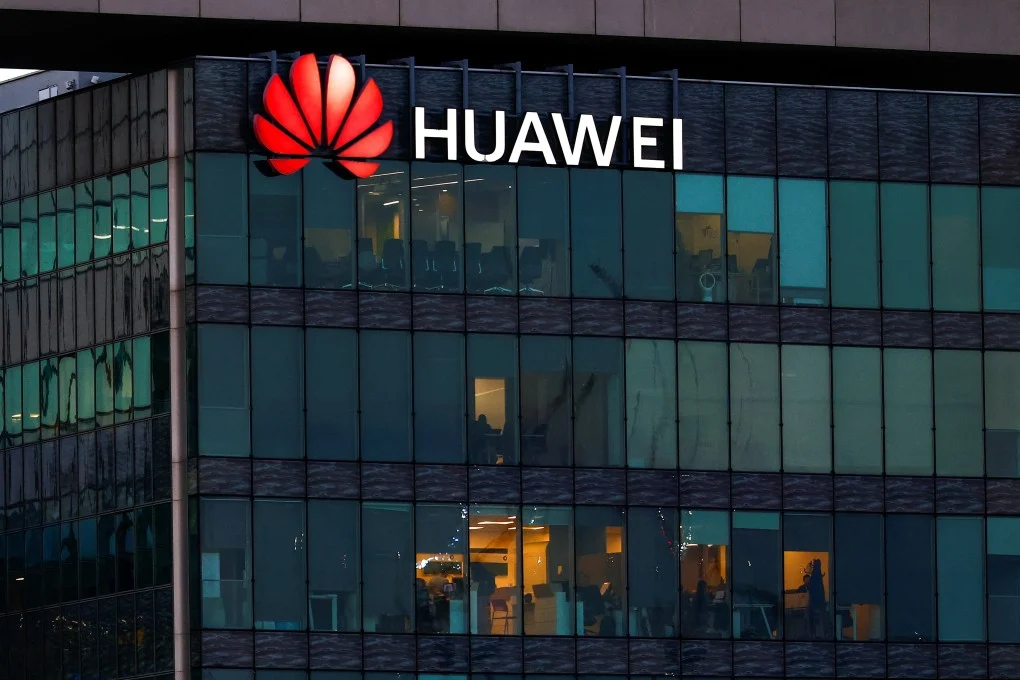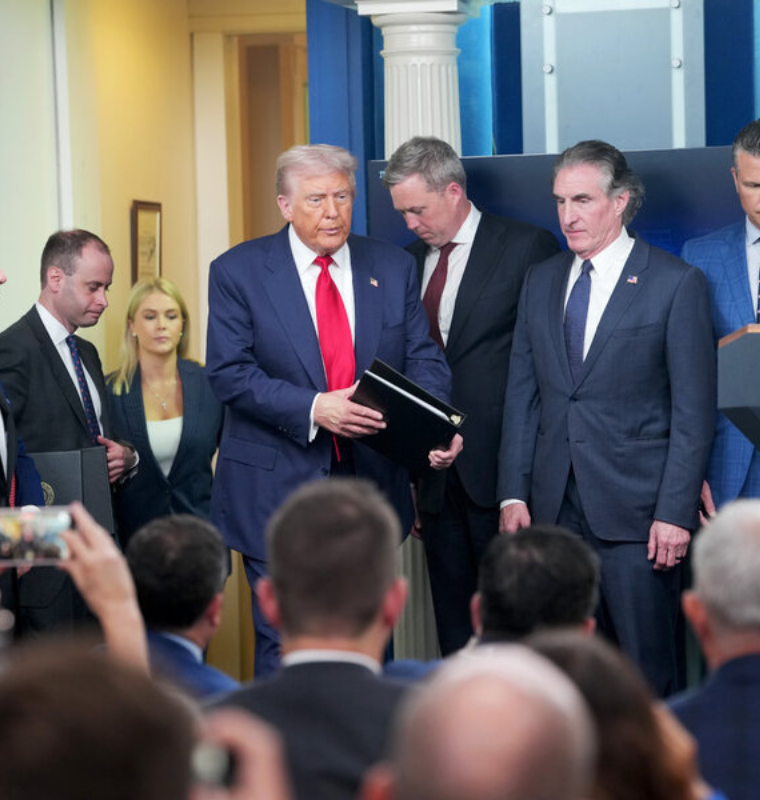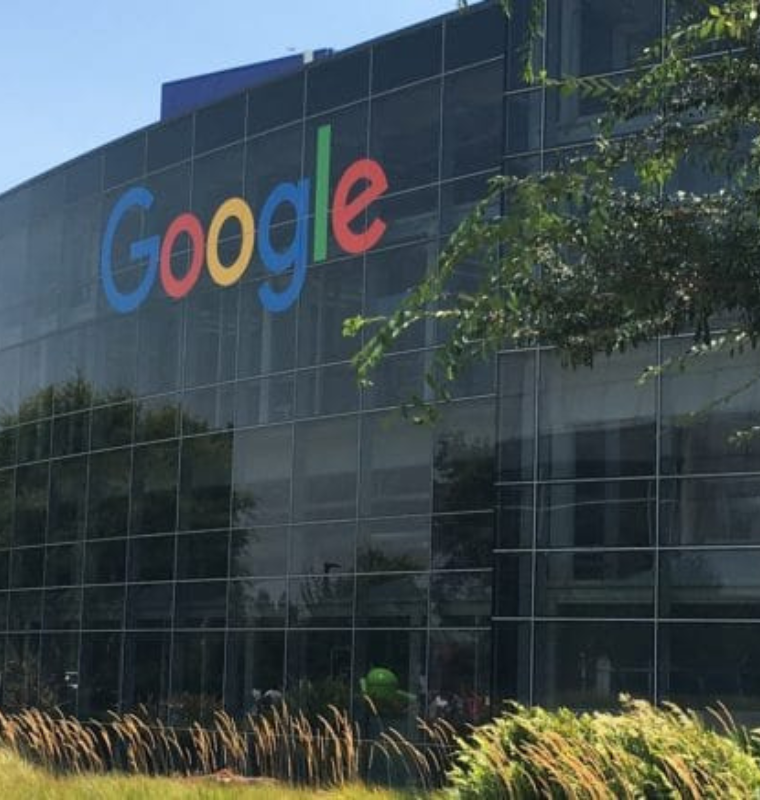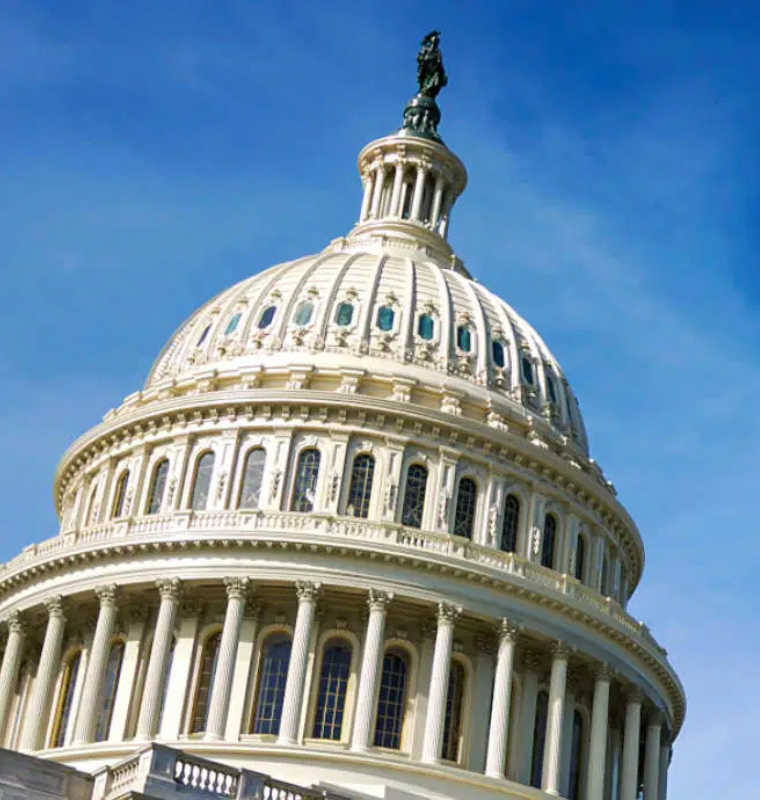From Telecom Giant to AI Powerhouse: How Huawei Is Building China’s All-in-One Tech Empire
From Telecom Giant to AI Powerhouse: How Huawei Is Building China’s All-in-One Tech Empire
By
Junia Wells
Last updated:
July 21, 2025
First Published:
August 6, 2025

A Strategic Shift from Survival to Supremacy
Huawei, once best known as a telecommunications and smartphone brand, is now rewriting its identity as the cornerstone of China's AI ambitions. While American chipmakers like Nvidia continue to dominate global AI infrastructure, Huawei has quietly built a robust, homegrown AI ecosystem—one that spans chips, data centers, software, and applications.
The transformation didn’t happen overnight. U.S. trade restrictions forced Huawei to pivot, innovate, and adapt. In doing so, the company has gone from surviving sanctions to becoming a “jack of all trades” in artificial intelligence—positioning itself as a formidable tech force in China and beyond.
Building an AI Empire: Huawei’s Ecosystem Playbook
Huawei is not just competing with Nvidia—it’s creating a parallel AI universe. Unlike most companies that focus on a single area, Huawei is integrating hardware, software, infrastructure, and industry applications into a single ecosystem anchored by its Ascend series of AI chips.
- Ascend 910 was launched in 2019 as China’s answer to Nvidia's high-end GPUs.
- Ascend 910B followed, with the next-gen 910C already in reported mass production.
- Huawei’s CANN software platform, a CUDA alternative, is being designed to help developers train and deploy AI models without relying on U.S. tech.
In April 2025, Huawei introduced AI CloudMatrix 384, a system that clusters 384 Ascend 910C chips. Analysts at Forrester say this new cluster system rivals or even outperforms Nvidia’s GB200 NVL72 in some performance benchmarks.
“Huawei isn’t just competing—it’s redefining how AI infrastructure operates,” Forrester said.
Huawei’s AI Revival: From Blacklist to Breakthrough
Huawei's resurgence in AI came in the shadow of adversity.
In 2019, the U.S. placed the company on its Entity List, cutting it off from critical U.S. technologies and suppliers, including chip giants like Qualcomm and software vendors like Google.
- By 2021, Huawei’s consumer electronics revenue had plunged by 50%, dropping to $34 billion.
- The company was also blocked from accessing advanced manufacturing from Taiwan Semiconductor Manufacturing Company (TSMC).
Yet, Huawei found a workaround. It began working closely with SMIC, China’s top semiconductor foundry, to produce advanced chips domestically.
The release of a 5G-enabled smartphone in 2023, powered by a Chinese-made chip, stunned U.S. analysts who believed such advancements would take years. Though production scale was still limited, the achievement proved Huawei was back in the race.
Strategic Advantage: Beyond Chips and Servers
While chips are foundational, Huawei’s edge lies in its vertical integration. Unlike Nvidia, which sells chips, Huawei builds full-stack AI solutions:
- AI models: The Pangu series supports industry-specific use cases in medicine, finance, energy, and government.
- Data centers: Huawei Cloud, launched in 2017, now runs Huawei’s AI infrastructure, including training and inference capabilities.
- Smart industries: In May 2025, Huawei deployed over 100 autonomous electric trucks in coal mines using 5G and AI to transport raw materials.
According to Jack Chen, VP of Huawei’s oil, gas, and mining business:
“Our teams spend months on-site integrating AI into legacy systems—even in remote regions.”
This hands-on, industry-specific approach is designed to differentiate Huawei from Western AI providers, who typically offer generalized solutions.
Global Expansion: China’s AI Ambassador
Huawei’s AI ambitions aren’t limited to China. The company is actively targeting emerging markets aligned with China’s Belt and Road Initiative (BRI). These regions, including Central Asia, Africa, Latin America, and Southeast Asia, are prime targets for Huawei’s “Ascend Ecosystem Strategy.”
- The company has open-sourced its Pangu models, aiming to accelerate adoption outside of China.
- Huawei’s ICT Infrastructure business—which includes 5.5G networks, smart industry tech, and cloud computing—was its largest revenue segment in 2023, generating 362 billion yuan.
Patrick Moorhead of Moor Insights & Strategy told CNBC:
“Huawei is poised to replicate its telecom success in AI—especially in countries where U.S. influence is limited.”
The Nvidia Comparison: Can Huawei Catch Up?
Nvidia currently dominates AI training workloads, with its CUDA platform and $4 trillion market cap establishing a deep moat. But Huawei’s strategy is not to clone Nvidia—it’s to build something broader, more localized, and tailored to industrial applications.
While CUDA remains the global standard for developers, Huawei’s CANN software and CloudMatrix system aim to reduce developer dependence on U.S.-based tools. Still, integration with open-source ecosystems remains a hurdle, and switching costs for developers are high.
“Winning the AI race isn’t just about faster chips,” said Forrester. “It’s about offering a full package—tools, infrastructure, and application expertise.”
From National Target to National Champion
What began as a desperate pivot has turned into a national mission. Huawei's transformation from a telecom equipment vendor into China’s leading AI integrator showcases resilience, ambition, and strategic foresight.
Today, the company’s influence stretches far beyond smartphones and routers. From smart trucks in coal mines to data centers powering LLMs, Huawei is building an AI architecture tailored not just for China—but for the developing world.
As the global tech decoupling accelerates, Huawei stands as a symbol of China’s resolve to build indigenous, end-to-end AI capabilities—and a powerful reminder that sanctions can sometimes create new giants.
Popular articles
Subscribe to unlock premium content
Disney’s Timeless Magic and How the Entertainment Giant Continues to Shape Culture and Innovation

Imran Khan’s Economic Missteps Amid Political Chaos in Pakistan

The Philippines’ Digital Shift How Remittances and BPO Are Fueling Growth

Disney’s Timeless Magic and How the Entertainment Giant Continues to Shape Culture and Innovation

Imran Khan’s Economic Missteps Amid Political Chaos in Pakistan

Disney’s Timeless Magic and How the Entertainment Giant Continues to Shape Culture and Innovation









